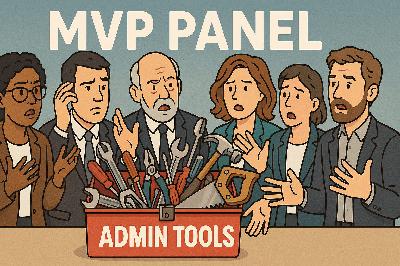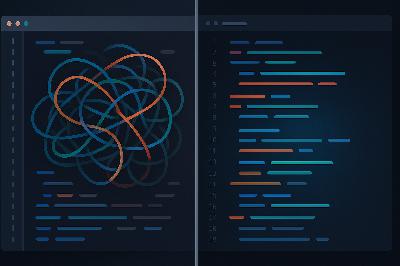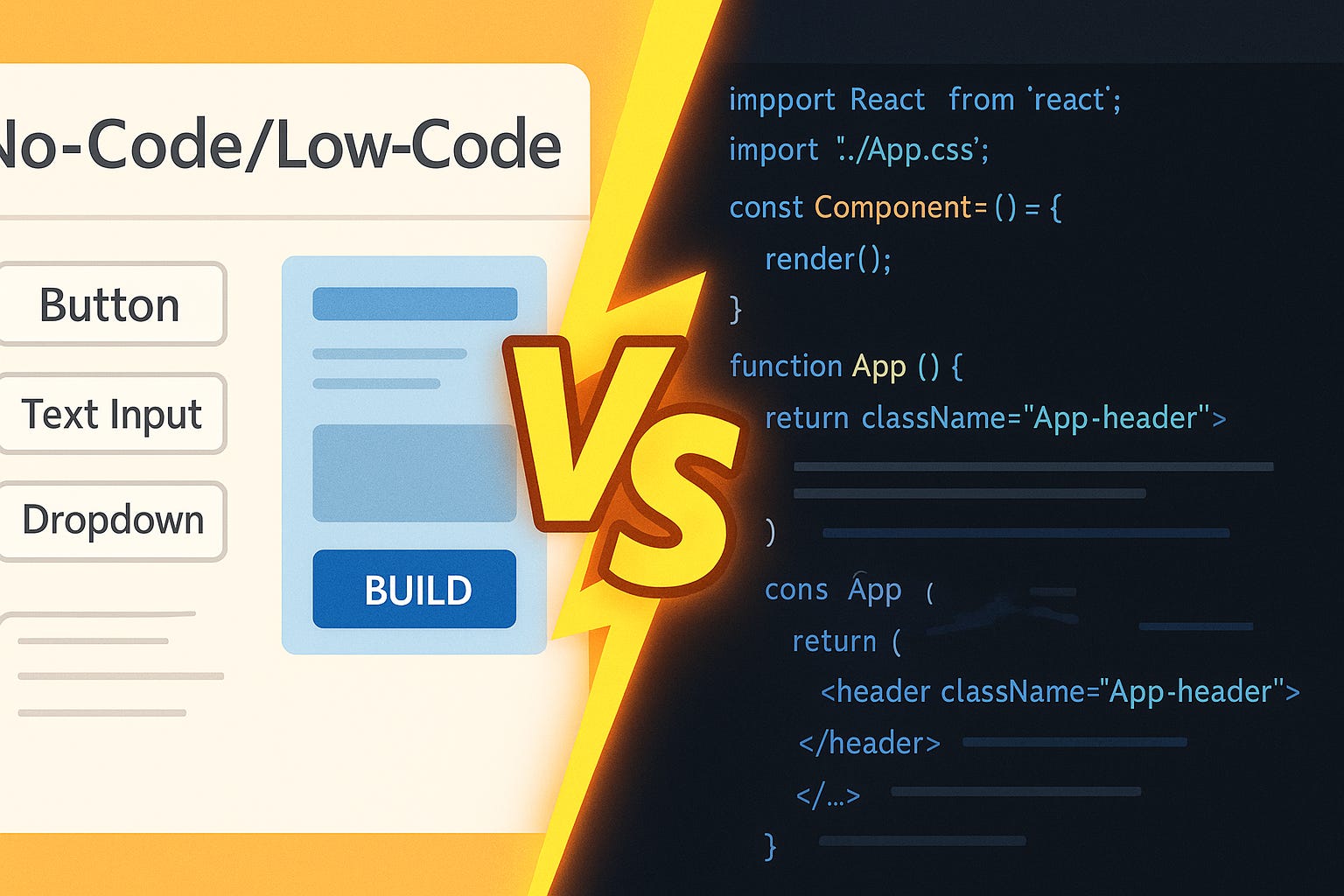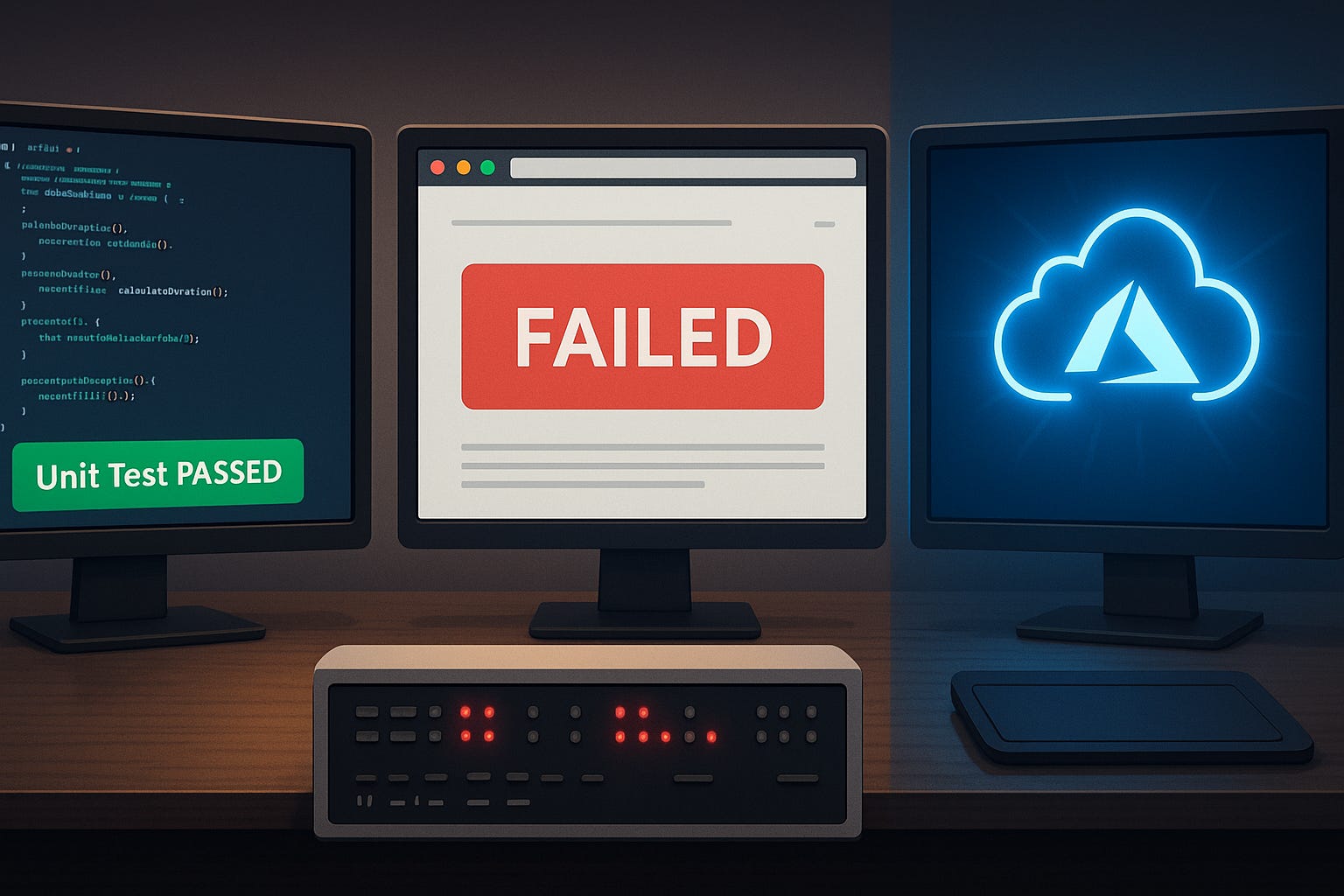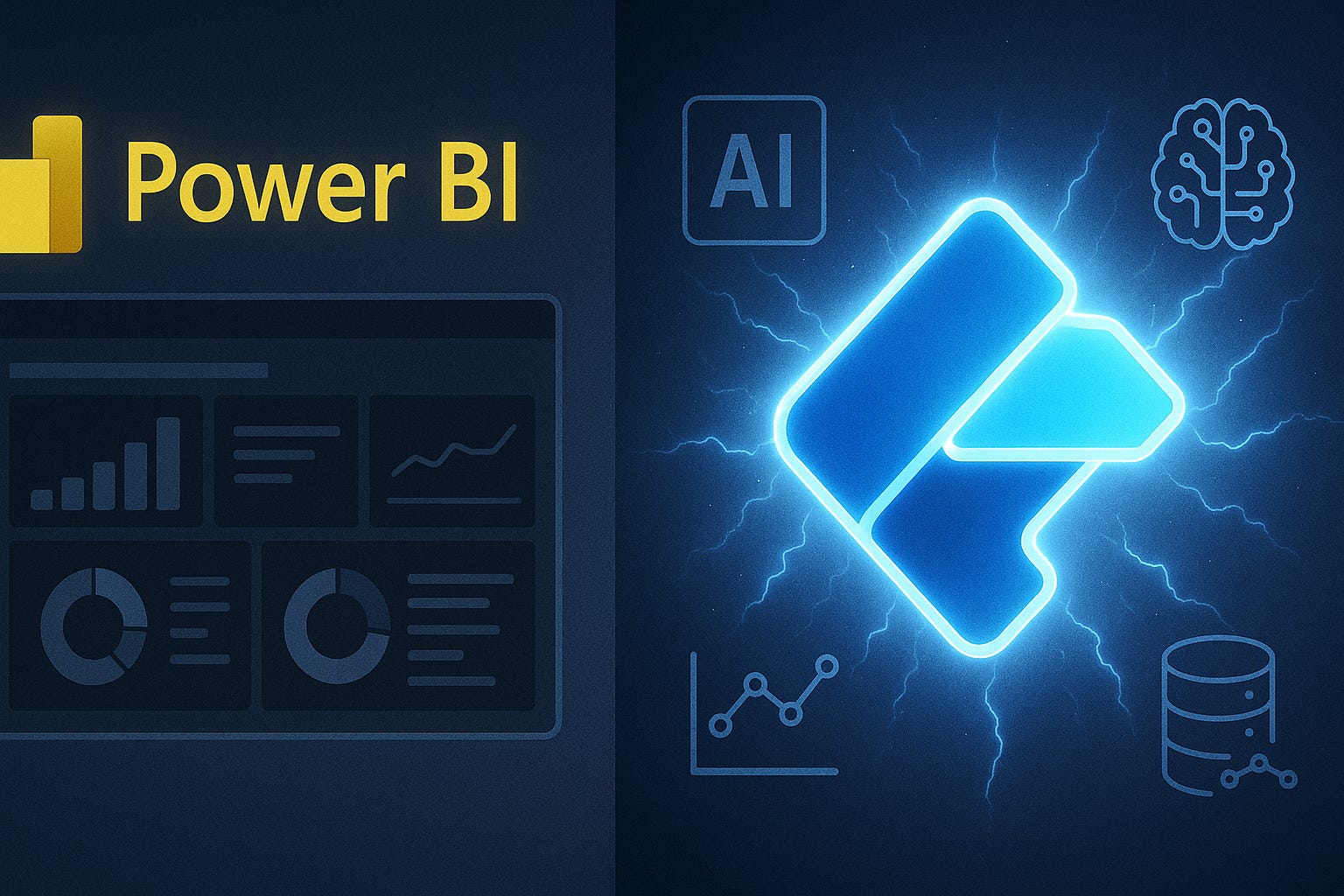These New Vulnerabilities Could Break Your .NET Code
Description
If you’ve ever thought your .NET app is safe just because you’re running the latest framework, this might be the wake-up call you didn’t expect. OWASP’s upcoming update emphasizes changes worth rethinking in your architecture. In this video, you’ll see which OWASP 2025 categories matter most for .NET, three things to scan for in your pipelines today, and one common code pattern you should fix this week. Some of these risks come from everyday coding habits you might already rely on. Stick around — we’ll map those changes into practical steps your .NET team can use today.
The Categories You Didn’t See Coming
The categories you didn’t see coming are the ones that force teams to step back and look at the bigger picture. The latest OWASP update doesn’t just shuffle familiar risks; it appears to shift attention toward architectural and ecosystem blind spots that most developers never thought to check. That’s telling, because for years many assumed that sticking with the latest .NET version, enabling defaults, and keeping frameworks patched would be enough. Yet what we’re seeing now suggests that even when the runtime itself is hardened, risks can creep in through the way components connect, the dependencies you rely on, and the environments you deploy into. Think about a simple real‑world example. You build a microservice in .NET that calls out to an external API. Straightforward enough. But under the surface, that service may pull in NuGet packages you didn’t directly install—nested dependencies buried three or four layers deep. Now imagine one of those libraries gets compromised. Even if you’re fully patched on .NET 8 or 9, your code is suddenly carrying a vulnerability you didn’t put there. What happens if a widely used library you depend on is compromised—and you don’t even know it’s in your build? That’s the type of scenario OWASP is elevating. It’s less about a botched query in your own code and more about ecosystem risks spreading silently into production. Supply chain concerns like this aren’t hypothetical. We’ve seen patterns in different ecosystems where one poisoned update propagates into thousands of applications overnight. For .NET, NuGet is both a strength and a weakness in this regard. It accelerates development, but it also makes it harder to manually verify every dependency each time your pipeline runs. The OWASP shift seems to recognize that today’s breaches often come not from your logic but from what you pull in automatically without full visibility. That’s why the conversation is moving toward patterns such as software bills of materials and automated dependency scanning. We’ll walk through practical mitigation patterns you can adopt later, but the point for now is clear: the ownership line doesn’t stop where your code ends. The second blind spot is asset visibility in today’s containerized .NET deployments. When teams adopt cloud‑native patterns, the number of artifacts to track usually climbs fast. You might have dozens of images spread across registries, each with its own base layers and dependencies, all stitched into a cluster. The challenge isn’t writing secure functions—it’s knowing exactly which images are running and what’s inside them. Without that visibility, you can end up shipping compromised layers for weeks before noticing. It’s not just a risk in theory; the attack surface expands whenever you lose track of what’s actually in production. Framing it differently: frameworks like .NET 8 have made big strides with secure‑by‑default authentication, input validation, and token handling. Those are genuine gains for developers. But attackers don’t look at individual functions in isolation. They look for the seams. A strong identity library doesn’t protect you from an outdated base image in a container. A hardened minimal API doesn’t erase the possibility of a poisoned NuGet package flowing into your microservice. These new categories are spotlighting how quickly architecture decisions can overshadow secure coding practices. So when we talk about “categories you didn’t see coming,” we’re really pointing to risks that live above the function level. Two you should focus on today: supply chain exposure through NuGet, and visibility gaps in containerized deployments. Both hit .NET projects directly because they align so closely with how modern apps are built. You might be shipping clean code and still end up exposed if you overlook either of these. And here’s the shift that makes this interesting: the OWASP update seems less concerned with what mistake a single developer made in a controller and more with what architectural decisions entire teams made about dependencies and deployment paths. To protect your apps, you can’t just zoom in—you have to zoom out. Now, if new categories are appearing in the Top 10, that also raises the opposite question: which ones have dropped out, and does that mean we can stop worrying about them? Some of the biggest surprises in the update aren’t about what got added at all—they’re about what quietly went missing.
What’s Missing—and Why You’re Not Off the Hook
That shift leads directly into the question we need to unpack now: what happens to the risks that no longer appear front‑and‑center in the latest OWASP list? This is the piece called “What’s Missing—and Why You’re Not Off the Hook,” and it’s an easy place for teams to misjudge their exposure. When older categories are de‑emphasized, some developers assume they can simply stop worrying about them. That assumption is risky. Just because a vulnerability isn’t highlighted as one of the most frequent attack types doesn’t mean it has stopped existing. The truth is, many of these well‑known issues are still active in production systems. They appear less often in the research data because newer risks like supply chain and asset visibility now dominate the numbers. But “lower visibility” isn’t the same as elimination. Injection flaws illustrate the point. For decades, developer training has hammered at avoiding unsafe queries, and .NET has introduced stronger defaults like parameterized queries through Entity Framework. These improvements drive incident volume down. Yet attackers can still and do take advantage when teams slip back into unsafe habits. Lower ranking doesn’t mean gone — it means attackers still exploit the quieter gaps. Legacy components offer a similar lesson. We’ve repeatedly seen problems arise when older libraries or parsers hang around unnoticed. Teams may deprioritize them just because they’ve stopped showing up in the headline categories. That’s when the risk grows. If an outdated XML parser or serializer has been running quietly for months, it only takes one abuse path to turn it into a direct breach. The main takeaway is practical: don’t deprioritize legacy components simply because they feel “old.” Attackers often exploit precisely what teams forget to monitor. This is why treating the Top 10 as a checklist to be ticked off line by line is misleading. The ranking reflects frequency and impact across industries during a given timeframe. It doesn’t mean every other risk has evaporated. If anything, a category falling lower on the list should trigger a different kind of alert: you must be disciplined enough to defend against both the highly visible threats of today and the quieter ones of yesterday. Security requires balance across both. On the .NET side, insecure serialization is a classic example. It may not rank high right now, but the flaw still allows attackers to push arbitrary code or read private data if developers use unsafe defaults. Many teams reach for JSON libraries or rely on long‑standing patterns without adding the guardrails newer guidance recommends. Attacks don’t have to be powerful in volume to be powerful in damage. A single overlooked deserialization flaw can expose customer records or turn into a stepping stone for deeper compromise. Attackers, of course, track this mindset. They notice that once a category is no longer emphasized, development teams tend to breathe easier. Code written years ago lingers unchanged. Audit rules are dropped. Patching slows down. For an attacker, these conditions create easy wins. Instead of competing with every security team focused on the latest supply chain monitoring tool, they target the forgotten injection vector still lurking in a reporting module or an unused service endpoint exposing data through an obsolete library. From their perspective, it takes less effort to go where defenders aren’t looking. The practical lesson here is straightforward: when a category gets less attention, the underlying risk often becomes more attractive to attackers, not less. What disappeared from view still matters, and treating the absence as a green light to deprioritize is shortsighted. For .NET teams, the defensive posture should always combine awareness of emerging risks with consistent care for so‑called legacy weaknesses. Both are alive. One is just louder than the other. Next, we’ll put this into context by looking at the kinds of everyday .NET code patterns that often map directly into these overlooked risks.
The Hidden Traps in .NET Code You Already Wrote
Some of the most overlooked risks aren’t hidden in new frameworks or elaborate exploits—they’re sitting right inside code you may have written years ago. This is the territory of “hidden traps,” where ordinary .NET patterns that once felt routine are now reframed as security liabilities. The unsettling part is that many of these patterns are still running in production, and even though they seemed harmless at the time, they now map directly into higher‑risk categories defined in today’s threat models. One of the clearest examples is weak or partial input validation. Many projects still rely on client‑side checks or lightweight regex filtering, assuming that’s enough before passing data along. It looks safe until you realize attackers can bypass those prot




